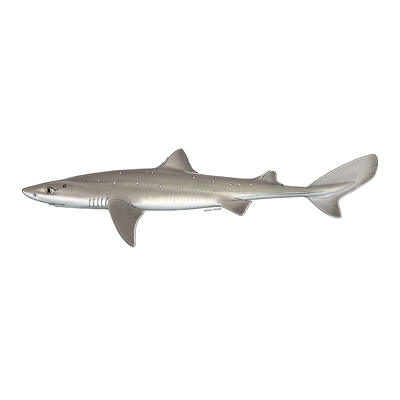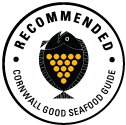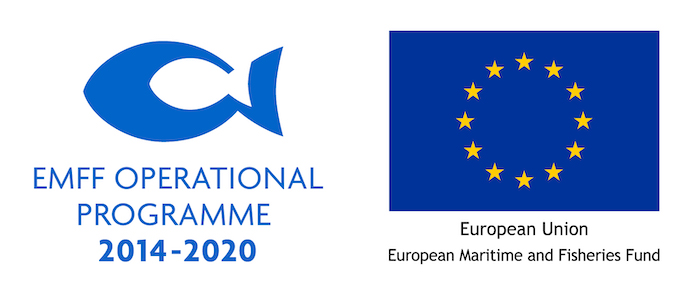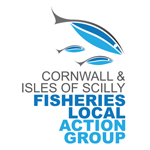

Also known as spiny dogfish, rock salmon or flake, the spurdog is a small grey shark with spines at the base of each dorsal fin. They grow to a maximum size of 124 cm.
Spurdog is a long-lived, slow-growing, and late-maturing species and therefore particularly vulnerable to fishing mortality, however thanks to a ban on fishing for this species for many years the population across the whole North East Atlantic has recovered and the latest ICES advice shows that this fishery can re open. Management needs to be tested to ensure that this species is not overfished again and we will be closely watching the situation and reviewing ratings where needed.
76 tonnes of spurdog were landed to Cornish ports legally in 2020, with a value of £131k (MMO data).
Updated April 2023

Cornish waters (7e, 7f, 7g, 7h)
A large trawl held open by paravane trawl doors, the open net is then pulled along in contact with the seabed.
Learn more
Cornish waters (7e, 7f, 7g, 7h)
Caught using monofilament nets set on the seabed.
Learn more
Cornish waters (7e, 7f, 7g, 7h)
Caught using heavy beam trawl nets that are dragged over the seabed.
Learn moreCornwall Good Seafood Guide rates fish on sustainability using a scale of 1 to 5.
1, 2 and 3 are recommended, Fish to avoid are rated 5.
We use the system devised by the Marine Conservation Society (MCS) so our scores are comparable with the scores produced by MCS for the UK and fisheries from all around the world. For more information on scoring click here.
Spurdogs are a highly migratory species that is capable of moving great distances in very little time. They grow slowly and have a low rate of reproduction meaning that this species is very vulnerable to fishing. Biological vulnerability rating is high 69%, Cheung et al 2005. Spurdog (spiny dogfish, dogfish, rock salmon or flake) are sharks. In the North Atlantic female dogfish grow to a maximum total length of 110-124cm, males 83-100cm. In the Northwest Atlantic spurdog mature at around 60cms total length and at an age of 6 years for males and at around 75cms, at an age of 12 years for females. In the Northeast Atlantic females are reported to mature slightly larger and older at 83cm total length and 15 years. Gestation or pregnancy lasts between 18 and 22 months, one of the longest recorded for any vertebrate, and they give birth to live young. The fecundity of spurdog increases with length, and females of 100-120cm produce a higher number of pups (10-21) than those females below this length. Spurdog tend to aggregate in groups of one sex and size.
Spurdogs have been targeted in the past using nets and longlines but are now caught accidentally in gill nets, trawls and with longlines. In 2019, 50 tonnnes of spurdog were landed to Cornish ports (MMO) data. Fishers say that it is very frustrating when they accidentally catch spurdogs as they damage gear and very large quantities are caught. It is reportedly very hard to avoid catching them despite sharing infomation with other skippers as the movement of schools is random.






Cornwall Good Seafood Guide is underpinned by the Marine Conservation Society (MCS) Good Fish Guide. The first UK consumer guide to sustainable seafood. For more information visit www.fishonline.org
Cornwall Good Seafood Guide is here to help us all make sustainable seafood choices. Choices that will help us keep the oceans healthy and Cornish fishers' futures safe. This website is funded by Cornwall Wildlife Trust. If you would like to make a meaningful difference to the health of our oceans, please consider making a donation to the Cornwall Wildlife Trust Ocean Emergency fund. Your donation will help safeguard these remarkable environments, ensuring that they continue to thrive for generations to come. Together, we can be stewards of the seas and champions for a healthier, more sustainable future.